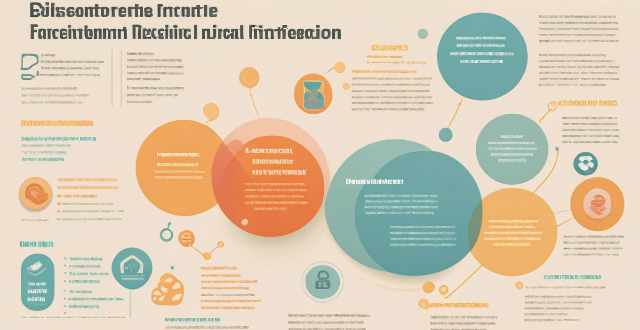Climate disasters have significant economic implications, including direct costs such as infrastructure damage and agricultural losses, indirect costs like lost productivity and investment uncertainty, and global impacts on trade and commodity prices. Addressing climate change is crucial for protecting the economy and ensuring sustainable development.

The Economic Implications of Climate Disasters
Climate disasters, such as hurricanes, floods, droughts, and wildfires, have significant economic implications. These implications can be felt at various levels, from individual households to national economies, and even globally. In this response, we will explore the different ways in which climate disasters impact the economy.
Direct Economic Costs
1. Infrastructure Damage: Climate disasters often result in extensive damage to infrastructure, including roads, bridges, buildings, and utilities. Repairing or rebuilding these structures requires significant financial resources.
2. Agricultural Losses: Extreme weather events can lead to crop failures and livestock losses, affecting food production and supply chains. This can result in higher food prices and reduced income for farmers.
3. Disruption of Business Operations: Businesses may suffer due to closures, supply chain disruptions, or damage to their facilities. This can lead to lost revenue and job losses.
4. Healthcare Costs: Climate disasters can cause injuries and exacerbate health conditions, leading to increased healthcare costs for individuals and governments.
5. Evacuation and Rescue Costs: During a disaster, there are costs associated with evacuating people from affected areas and providing emergency assistance and shelter.
Indirect Economic Costs
1. Lost Productivity: When disasters strike, workers may be unable to work, either due to physical damage to workplaces or because they need to focus on recovery efforts. This results in lost productivity and reduced economic output.
2. Investment Uncertainty: The risk of future climate disasters can deter investment in affected regions, slowing down economic growth.
3. Insurance Costs: As the frequency and severity of climate disasters increase, insurance premiums may rise, adding an additional financial burden to individuals and businesses.
4. Government Spending: Governments often spend large amounts of money on disaster relief and recovery efforts, which can divert funds away from other important areas like education and infrastructure development.
5. Migration and Refugee Costs: Severe climate disasters can force people to leave their homes, leading to migration and refugee crises that have economic implications for both the host countries and the displaced populations.
Global Economic Impact
1. Trade Disruptions: Climate disasters can disrupt global trade by affecting transportation networks, port operations, and production facilities.
2. Commodity Price Fluctuations: Changes in agricultural production due to climate disasters can lead to fluctuations in commodity prices, affecting global markets.
3. International Aid: Affected countries may require international aid for recovery efforts, which can strain donor countries' budgets and influence diplomatic relations.
4. Environmental Refugees: The displacement of large populations due to environmental factors can create challenges for global governance and humanitarian assistance.
5. Long-term Economic Growth: The cumulative effects of climate disasters can slow down long-term economic growth by reducing capital stock, human capital, and natural resources.
In conclusion, climate disasters have far-reaching economic implications that extend beyond immediate damages. Addressing climate change proactively is crucial not only for environmental reasons but also for safeguarding our economies and ensuring sustainable development.